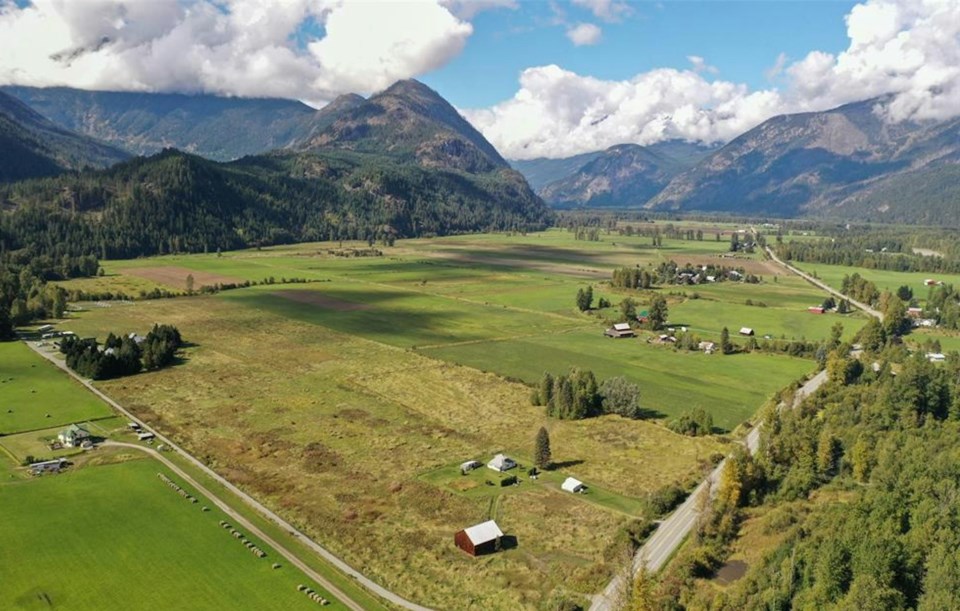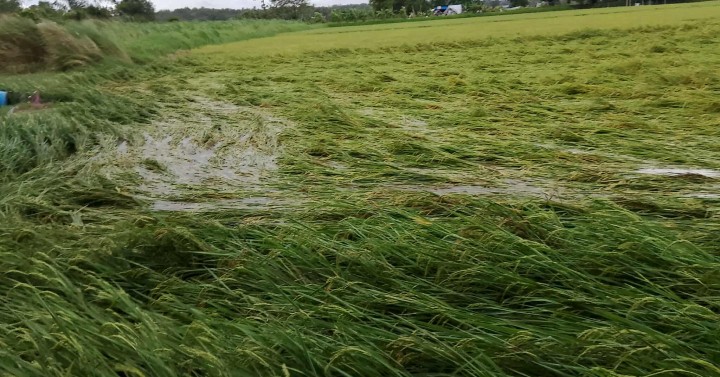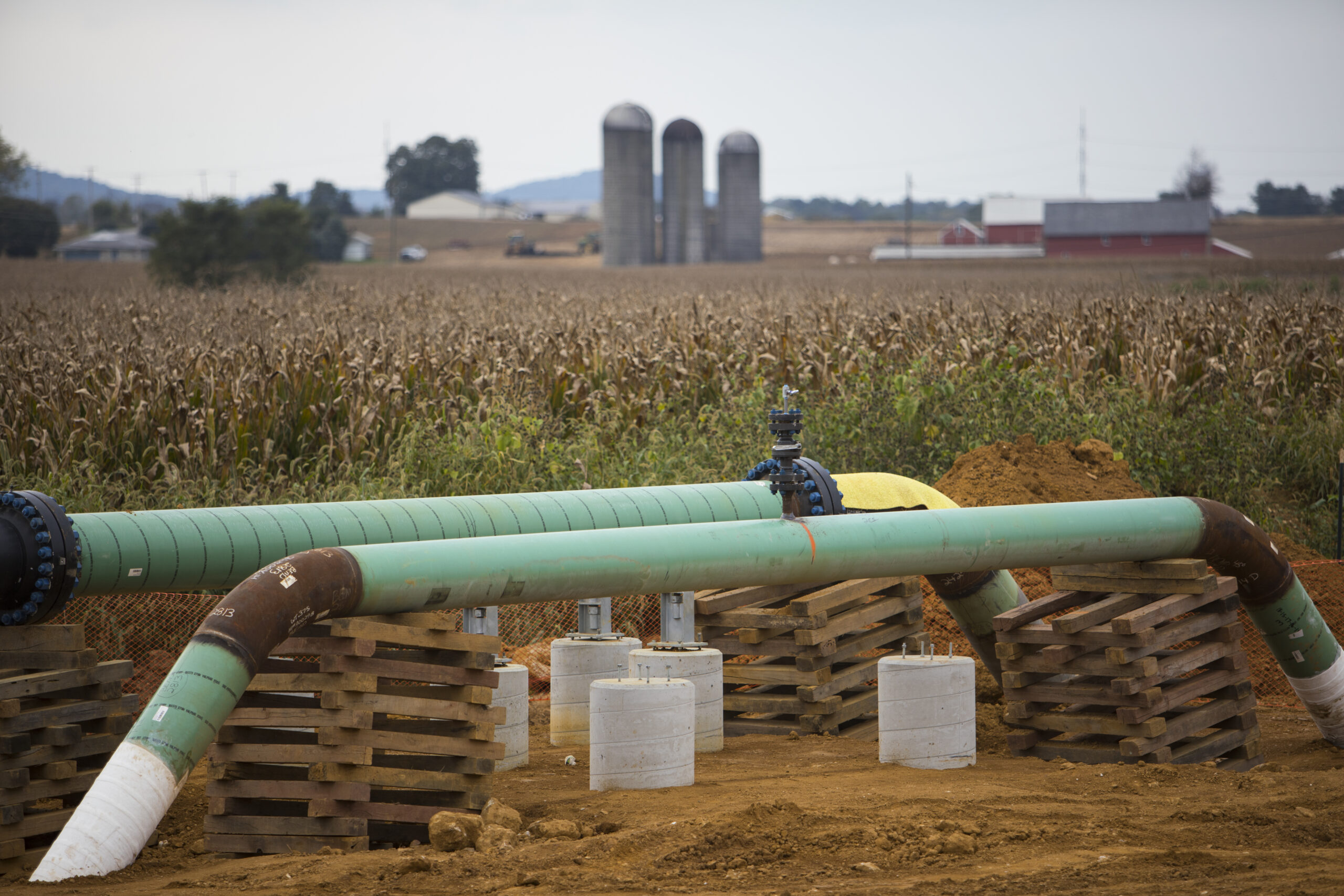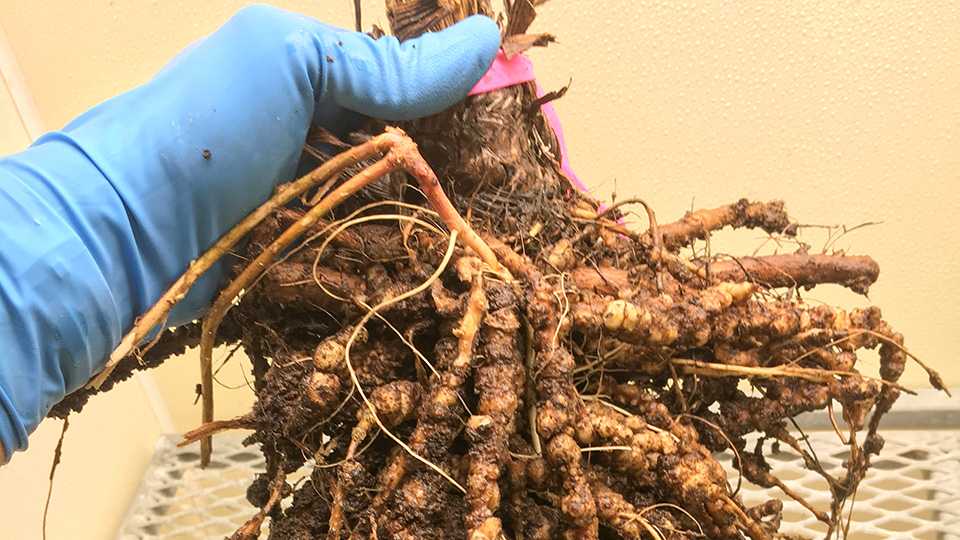A new suite of farm-focused checklists, relocation tools and emergency steps will help producers prepare long before evacuation alerts arrive.
The Squamish-Lillooet Regional District (SLRD) has adopted a region-wide Agriculture Emergency Plan (AEP), offering a coordinated framework for farmers and ranchers to prepare for and respond to wildfires, floods, landslides and other disasters.
The new plan includes dozens of resources designed for immediate use by producers, from a before/during/after emergency checklist, to a livestock relocation guide, to printable contact lists and “buddy farm” templates.
SLRD board chair Jen Ford said the new plan arrives at a critical time as climate-driven disasters become more frequent and severe.
“As climate change continues to intensify the frequency and severity of natural disasters, it’s critical that our agricultural communities are equipped with the tools and support they need to plan and respond effectively,” Ford said in a release. “The Agriculture Emergency Plan is a vital step toward building resilience and ensuring the safety of both people and livestock, while protecting food security in the region. The AEP is an important piece of our emergency management framework.”
The plan strengthens readiness in several core areas:
- A regional framework aligned with provincial emergency systems.
- A toolkit for the SLRD EOC, including a task list for an Agriculture Emergency Coordinator.
- A set of public-facing materials for farm-level preparedness.
- A refreshed Commercial Livestock Relocation Guide outlining qualifications, procedures, and animal-welfare requirements.
Farmers can now access the full suite of resources at slrd.bc.ca/agriculturepreparedness.
Practical steps for farmers
The new emergency suite includes several tools producers can act on immediately.
Before an emergency (fire, flood or landslide):
- Register for SLRD Alert and the BC Premises ID program to ensure emergency notifications and access to relocation assistance.
- Create or update a farm-level emergency plan, including livestock loading points, evacuation routes and who will help move animals.
- Establish a buddy farm agreement, using the template provided, to pre-arrange relocation sites.
- Prepare essential kits with documents, medications, halters, feed, and identification tools (tags, paint, leg bands).
- Review the SLRD’s wildfire and flood preparedness video featuring local farmers.
During an emergency:
- Follow SLRD alerts closely—especially important for livestock movement, which generally must start early.
- Keep animals identifiable and maintain multiple communication backups.
After an emergency:
- Document damage immediately for recovery programs.
- Check water, fencing and infrastructure before reintroducing animals.
- Contact the SLRD and Ministry of Agriculture for available recovery supports.
These steps and more can be reviewed on the SLRD’s website, or through the official AEP document.
Director pushes for stronger outreach
During a recent board meeting, Area B director Vivian Birch-Jones asked staff about reaching the full breadth of operators in the region, including those who have not yet opted into the SLRD’s database or into the provincial Premises ID program.
“Now I'm looking at the 65 farms who volunteered information added to our contact list so far, [but] we have 117 farming operations,” Birch-Jones said. “Is that where we're at? Is that where we're just going to sit? Are we doing any more for outreach?”
Emergency program manager Mike Fusca said staff identified 95 farms through public records and obtained voluntary information from 65 of them. Greater awareness of the new tools, he said, should help increase participation.
“Our hope is that as those public education materials become, you know, more widely known throughout the SLRD, [that] will help both us and the province identify more of these 117 that were identified by Stats Canada in 2021.
“The easiest way to help would be to share the link to our agriculture website page. [That's] how we're going to make traction on this,” Fusca said.
The AEP was funded largely through a $214,000 grant from the Investment Agriculture Foundation of BC (IAF). The district spent just over $207,000 of the IAF grant to complete the project.
Source - https://www.squamishchief.com













